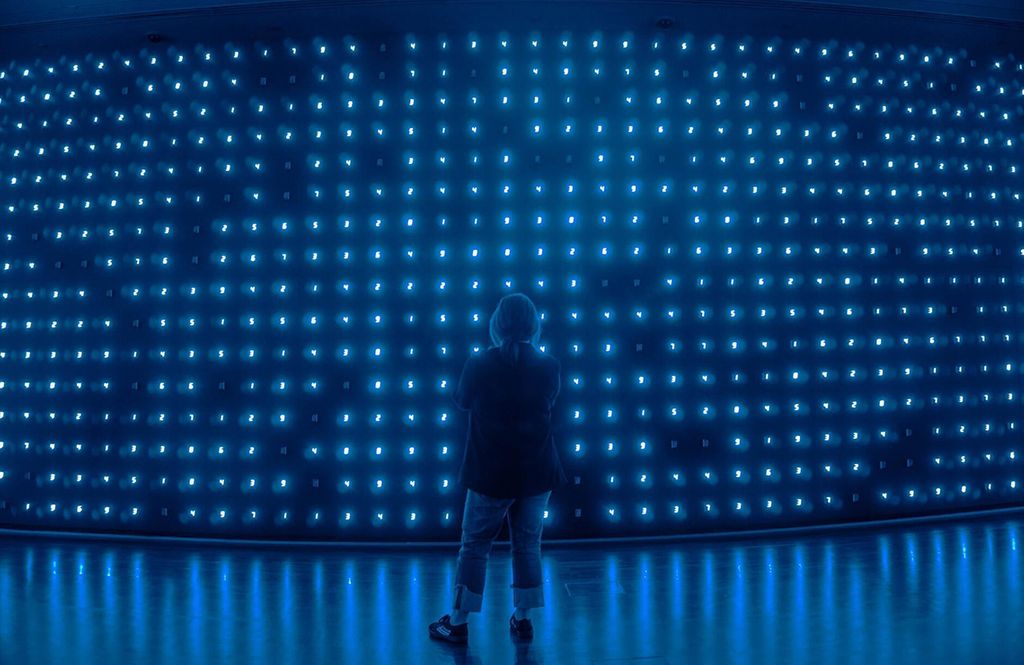
Advance circular economy TO
COMBAT CLIMATE CHANGE
Having reduced emissions in own operations by over 90%, we are now focused on decreasing the environmental impact of our value chain, including vendors’ use of resources as well as our customers’ reuse and recycling behavior. Advancing the circular economy can also provide us with access to new business opportunities that are currently underserved in the marketplace.

We have already achieved a greenhouse gas emission reduction of over 90% in our own operations (Scope 1 and Scope 2 according to the well-established GHG Protocol Corporate Standard) and are offsetting remaining emissions until we reduce these to zero. Being committed to lead in sustainability, we are now aiming to become the first telco in the markets where we operate to achieve a net-zero value chain (Scope 3) by 2035.
Our ambition
By 2026, Tele2 will capture new business opportunities in all segments by advancing circular economy in society and reducing negative climate impact throughout our value chain.
Our efforts to reduce emissions have already been recognized by the Financial Times, as they ranked Tele2 number one among 500 European companies in their Europe’s Climate Leaders 2023 list. In our annual carbon disclosure to CDP, we were awarded a “A” score in 2023. The “A” score is CDP’s highest management band for companies demonstrating leadership in environmental transparency and performance on climate change. Tele2 is one of only a small number of almost 21,000 companies to be given CDP’s ‘A’ score. MSCI awarded Tele2 with an AAA ranking in the latest MSCI ESG Ratings assessment.
In March 2022, we became the first telecommunications company in Sweden to publicly commit to 100% circularity for network equipment. Advancing circular economy means improving our value chain’s use of natural resources by 1) putting pressure on suppliers, 2) increasing reuse of hardware and 3) collecting e-waste from customers for recycling. Our mid and long-term goals are:
- By 2025, Tele2 will deliver 100% circularity for network equipment.
- By 2026, take back at least 100,000 mobile phones for reuse or recycling.
- By 2030, take back at least 30% of all distributed mobile phones for reuse or recycling.
- Reduce scope 3 GHG emissions by 60% per subscription by 2029 using 2019 as a base year (target approved by the Science-Based Target initiative).
We see an opportunity to combat climate change through advancing the circular economy and to lower a potential future carbon tax liability. As suppliers account for the largest share of emissions in our value chain, we have identified purchased goods as our main remaining source of climate impact, and we have informed our top 40 suppliers of our target of achieving a net zero value chain.
Increasing circularity and thereby decreasing e-waste, combined with lowering carbon emissions in our value chain, can have a high environmental impact. This can in turn lead to a high social and economic impact, as they are co-dependent. This focus area is also very important to our stakeholders, we have seen a trend of growing customer interest and demand for products and services that have a low environmental impact. By making circularity a part of our business, we can create higher customer value.
Read more about our climate efforts and targets approved by the Science-Based Targets initiative
You can also read more about performance against our KPIs in the 2023 Annual and Sustainability Report.
Device as a Service - DaaS
DaaS is a circular service offering from Tele2 centered on how we package hardware together with services and a financing solution. It also includes a closed loop for reuse and recycling. Offered to our B2B Large Enterprise customers, a significant share of mobile phones supplied to customers in our Large segment are provided as a service as of Q2 2021.
DaaS in 3 steps:
Choose:
We choose sustainable products and suppliers, making sustainability an easy choice for our customers. We send out the hardware in bulk, which reduces packaging and transportation.
Use:
The products have a strict life cycle of 12, 18 or 24 months to ensure they can be reused in a second cycle in another market.
Update:
At the end of the life cycle all products are returned, ensuring none are left in a desk drawer in someone’s office. 95 percent can be refurbished and reused while the rest are recycled using ISO-certified processes.
In the end, customers can significantly save on their total cost of hardware by using our DaaS solution. By offering this service we are meeting a growing customer demand and reducing e-waste, thus creating both business and sustainability value.
Impact on UN Sustainable Development Goals
This focus area is aimed at fulfilling the following UN Sustainable Development Goals:
8.4 – Improve resource efficiency in consumption and production
12.2 – Sustainable management and use of natural resources
12.5 – Substantially reduce waste generation
13.2 – Integrate climate change measures into policies and planning


